When browsing for buck-boost converters I've looked at many datasheets and I've made an observation that I'd like to question.
I have a low-power application and energy consumption is one of my primary concerns. The converters specify efficiency curves, but no manufacturer plots the curve into the very light loads I'm interested in. Most curves start at 1 or 10 mA. I'm curious about the 1-10 μA range, what to expect there?
ICs that don't have some sort of power saving mode all drop very quickly from reasonable 80-90% eta towards 10% at low loads (tens of mA). ICs that do have power saving (everyone calls it a different name... pulse skipping, power saving, green mode, etc.) stay in the desirable range throughout the plots. But what about the μA range. What happens there? Why does no one plot it?
Here are two examples (with power saving)
